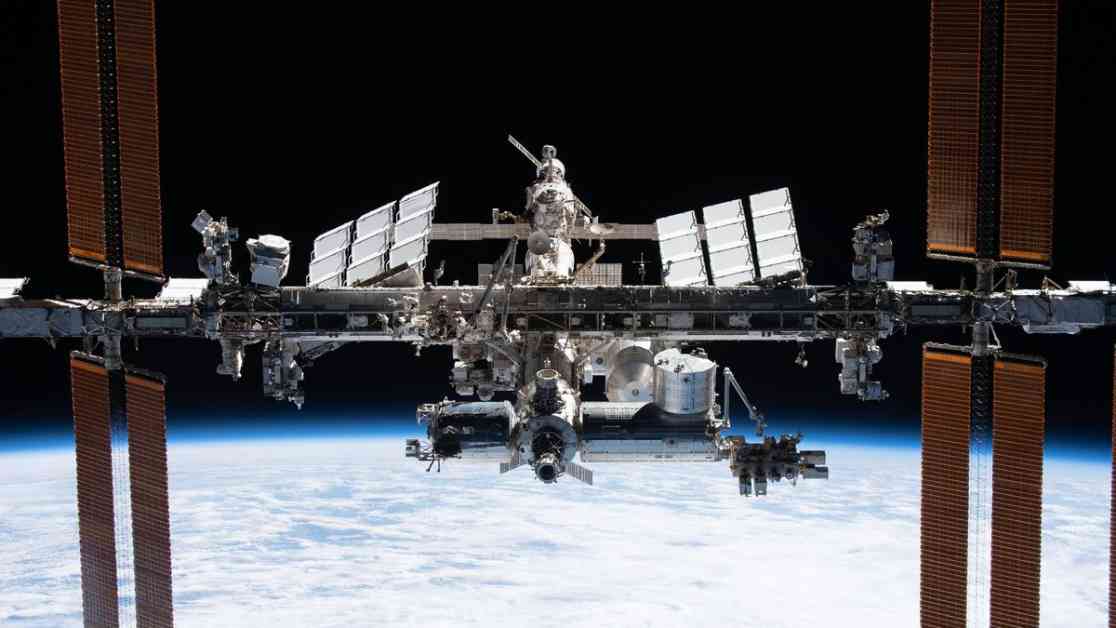What effects does space travel have on an astronaut’s heart? That’s the question that led scientists from Johns Hopkins University to send 48 bioengineered heart tissue samples to the International Space Station for a 30-day study. They compared these samples to identical ones on Earth to see how low gravity affects the heart cells’ strength of contraction and beating patterns.
The results were concerning, as the heart cells in space beat with only half the strength of the control samples on Earth. This finding is not surprising, as previous studies have shown that astronauts experience reduced heart muscle function and irregular heartbeats, known as arrhythmias, after returning from space missions. While some effects may fade over time, others can have lasting implications for long-term space travel, including future missions to the moon and Mars.
Deok-Ho Kim, a professor at Johns Hopkins University, led the project to send heart tissue to the space station. He and his team created bioengineered heart tissue from human induced pluripotent stem cells and grew them in “organ-on-a-chip” devices. These miniature models mimic different organs and contain engineered or natural tissues and cells inside microfluidic chips. The 3D chip used in this study was designed to replicate an adult human heart in a chamber half the size of a standard cell phone.
The researchers found that the heart tissue in space showed elevated levels of inflammation and oxidative damage, as well as changes in sarcomeres and mitochondria. These changes are similar to those seen in people with heart disease and suggest that the heart cells experienced significant stress or dysfunction in space, leading to impaired energy production and weakened contractions.
Moving forward, the team aims to refine their “heart-on-a-chip” model to gather more data on how this damage occurs on a molecular level. This information will help them find ways to protect astronauts during long space missions that may become a reality in the near future.
In conclusion, studying the impact of microgravity on heart tissues is crucial for understanding the challenges astronauts face during space travel. By continuing to research and develop innovative technologies, scientists can ensure the safety and well-being of astronauts on future missions beyond Earth’s orbit.










